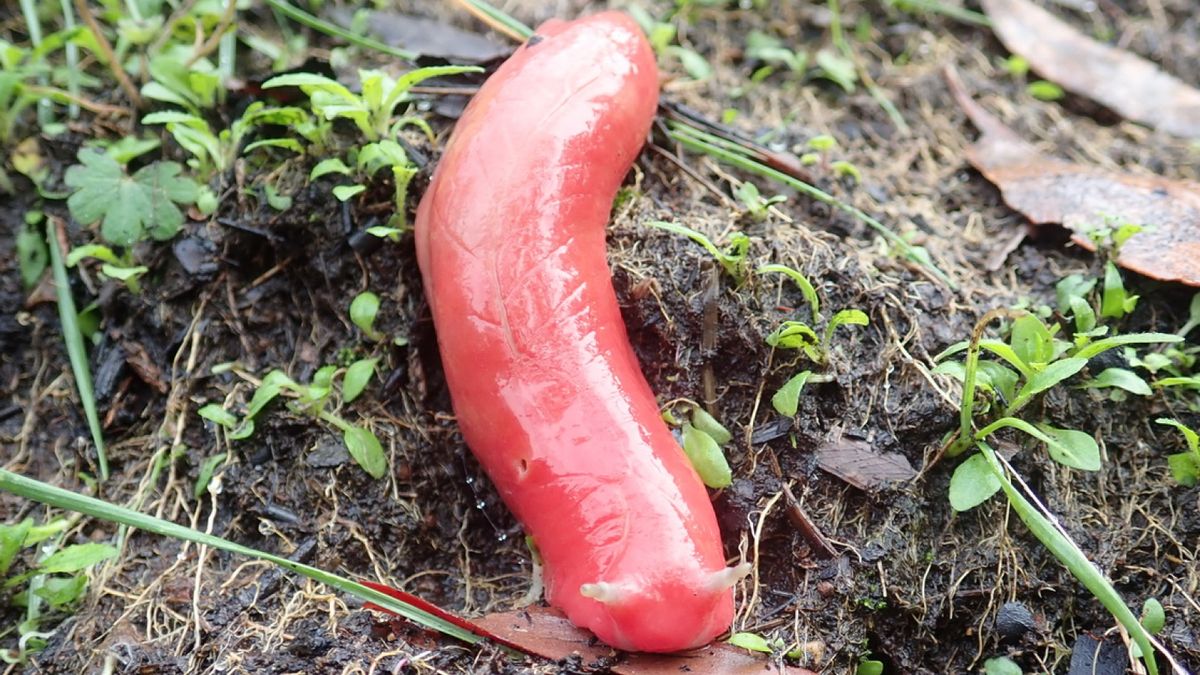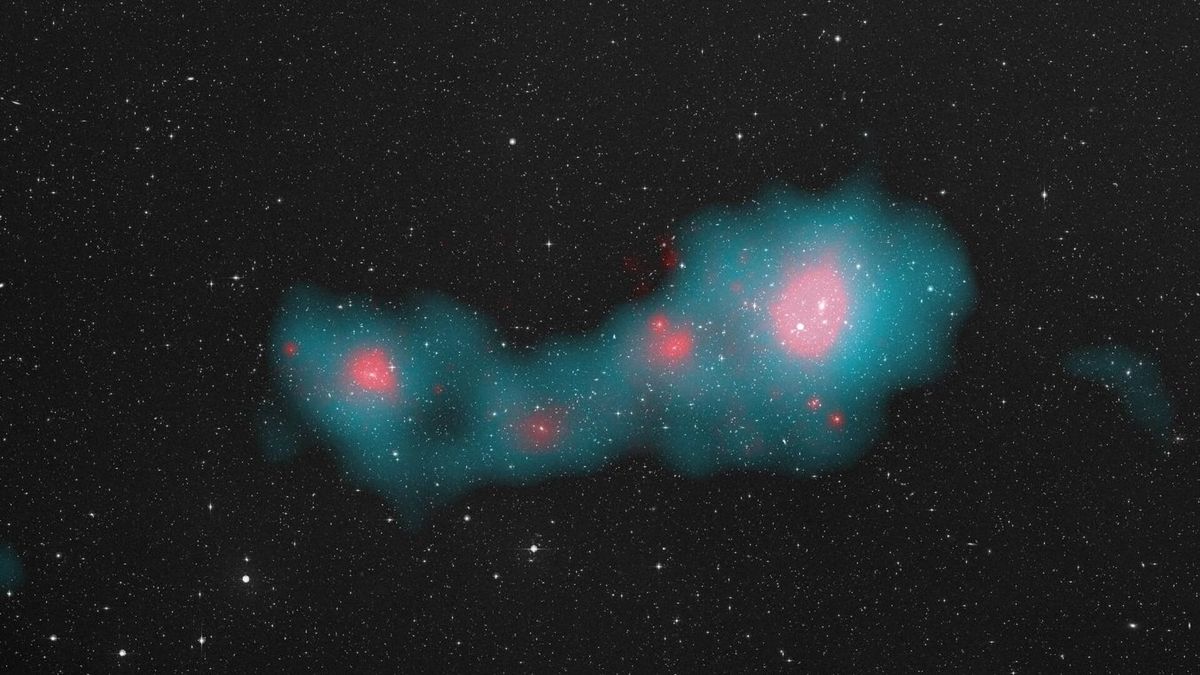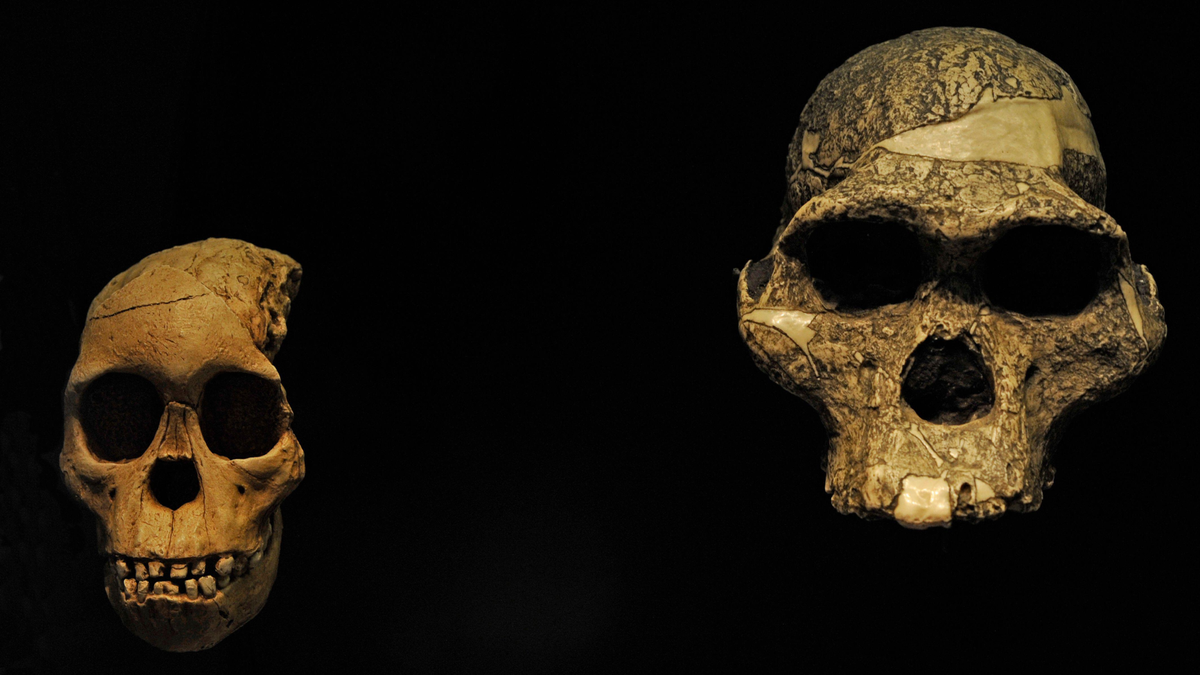Name: Mount Kaputar pink slug (Triboniophorus sp. nov. ‘Kaputar’ or Triboniophorus aff. graeffei)
Where it lives: Mount Kaputar, New South Wales, Australia
What it eats: Algae, moss, mushrooms, mold
Why it’s awesome: Not all slugs blend into the background. Some, like the striking Mount Kaputar slug, stand out from the crowd. These slimy critters not only grow up to 8 inches (20 centimeters) long, they also have vibrant, neon-red bodies that are hard to miss.
These distinctive hot-pink slugs are found only on an extinct volcano called Mount Kaputar, living at an altitude of around 4,900 feet (1,500 meters). Although Kaputar is surrounded by dry plains, occasional rain and snow over the mountain create a “sky island” — an isolated highland environment with unique flora and fauna.
Related: Blue dragon: The deadly sea slug that steals venom from its prey
A volcanic eruption 17 million years ago created this high-altitude area, where these colorful slugs have remained isolated for millions of years.
Kaputar slugs are related to red triangle slugs (Triboniophorus graeffei) that live in eastern Australia but are a distinct species. Their striking color is an evolutionary mystery, but it is likely linked to their isolated habitat.
The pink hue may come from pigments in their diet, or it could help them camouflage themselves among fallen red eucalyptus or snow gum leaves. It could also serve as a form of aposematism — a defence mechanism that warns predators that an animal or plant is unappetizing or toxic. It’s not known whether Kaputar slugs are toxic, so the hot pink color may be a trick to deter predators like birds or feral pigs.
During the day, Kaputar slugs hide in plant litter at the base of trees, emerging at night to climb the trees’ trunks in search of algae and moss.
Up to 90% of the population was thought to have been lost in the 2019 Australian bushfires, but these slugs rebounded after cooler, wetter conditions spurred mass breeding. It’s thought that a number of the slugs likely also survived the fires by taking refuge underground or in rock crevices.
Like many slugs, pink Kaputars play a vital role in their local ecosystem by breaking down fallen leaves into nutrient-rich soil, promoting healthy plant growth.
Animals quiz














